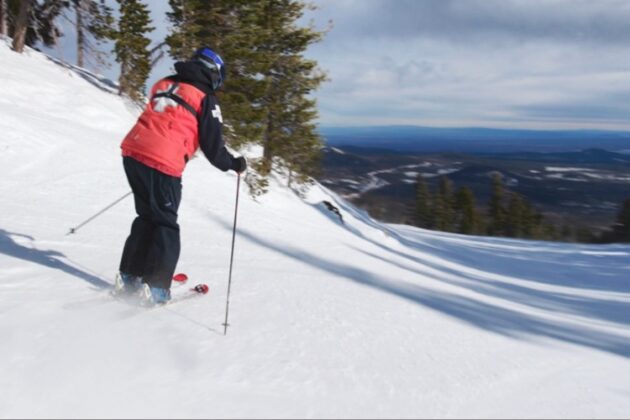
Believe it or not, it’s time for the kids to go back to school! Time to break out the school supplies, lunch boxes, and – of course – backpacks. Backpacks are a popular and practical way for students to carry all of the necessities they require throughout the school day. When used correctly, they are designed to distribute weight among some of the strongest muscles in the body. When used incorrectly over time, backpacks can cause injuries to muscles and joints.
The American Academy of Pediatrics recommends that a backpack weigh no more than 10-20% of a child’s body weight. If a heavy backpack is worn incorrectly on the shoulders, unnatural spine compression can occur, leading to shoulder, neck, and/or back pain.
Here’s some advice from our neck and back specialists to make sure your child is using the right backpack, and using it correctly to prevent injury.
Choose the right backpack
When shopping for a backpack, be sure to choose one that is the right size for your child. In addition, look for:
- Wide, padded shoulder straps
- A padded back to provide cushioning
- Made of lightweight material
- Multiple compartments to help distribute weight
- A waist belt
Use backpacks the right way
Those two shoulder straps are there for a reason! Encourage your child to always use both shoulder straps to make sure weight is distributed evenly across the back. Wearing one strap or choosing a pack that only has one strap can throw off your child’s center of balance and lead to shoulder and back pain. The straps should be tightened so the backpack fits close to the body. A backpack should sit evenly in the middle of the back and not sag down too low, as this can aggravate the back muscles.
Pay attention to the way your child picks up their backpack. They should bend at the knees, rather than the waist, and lifting should not be a struggle.
Lighten the load
Less weight is always better when it comes to your child’s back. Make sure children are only carrying items that are required for that day, and only bringing home the materials required for homework each night. Encourage your kids to use their locker or desk throughout the day to store items they don’t need. When packing a backpack, use all of the compartments, and pack the heaviest items low and towards the center of the pack to help distribute weight.
It is important to avoid unnecessary strain on your child’s muscles and joints as they continue to grow. Encourage your child or teenager to keep you informed of any numbness, tingling, or discomfort that may indicate a poor backpack fit, or too much weight being carried. Do not ignore any consistent back pain in children or teenagers. Be sure to make an appointment with your child’s primary care provider if they experience back pain that doesn’t improve.





